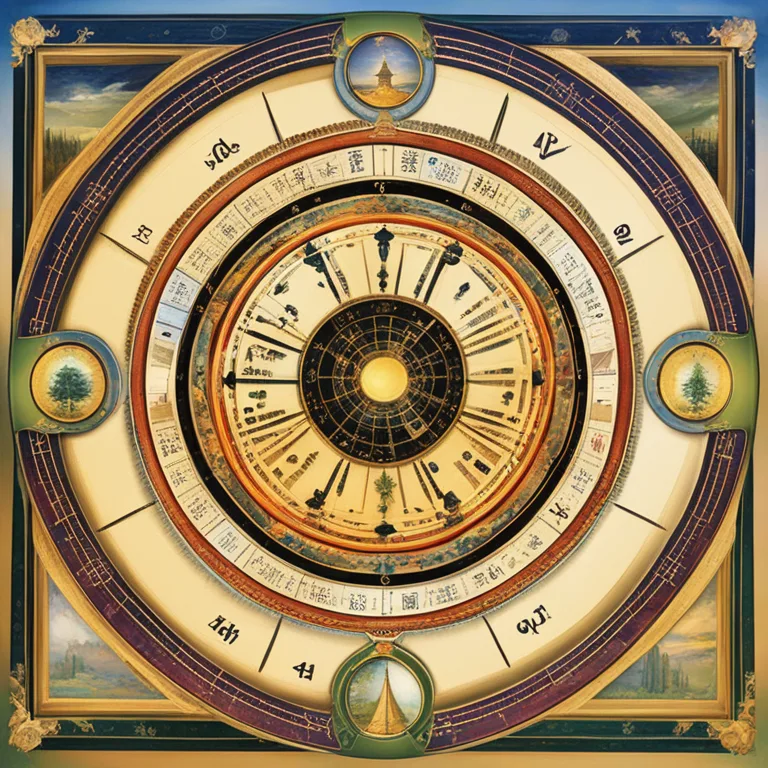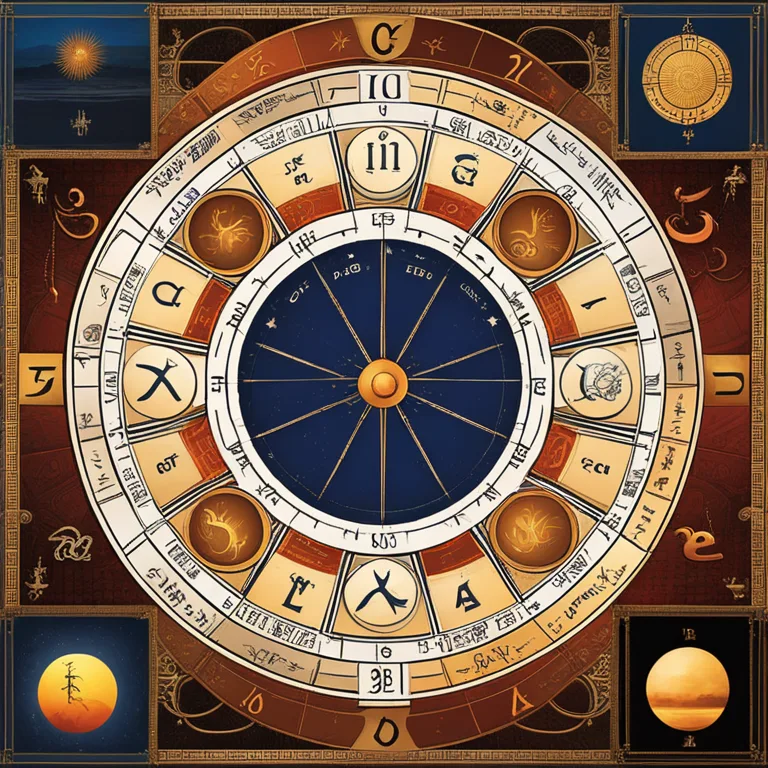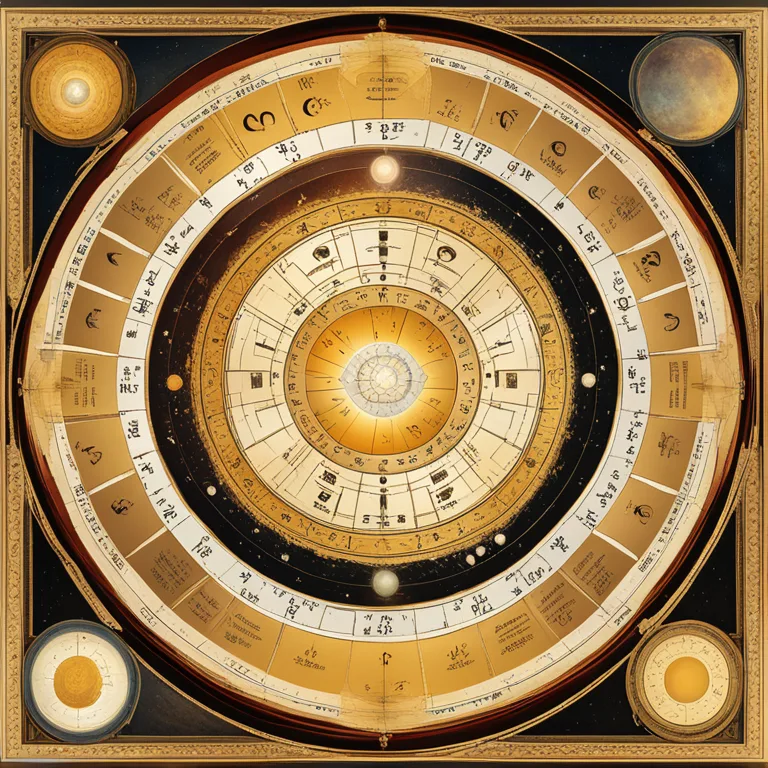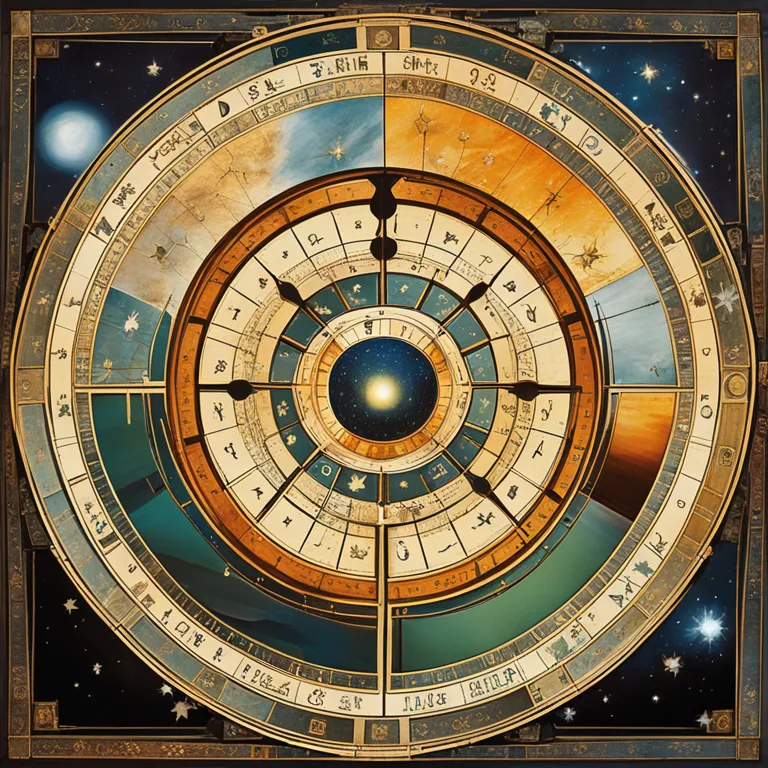
Read Your Birth Chart: A Guide
Delve into the art of astrological birth chart interpretation with this essential guide for beginners.
article by Priya Deshmukh
The Birth Chart Basics
Birth charts, or natal charts, are astrological snapshots of the sky at the moment of your birth. They serve as celestial blueprints that can offer insightful details about various facets of your existence: from personality traits to potential life paths. A birth chart is composed of planets, signs, houses, and aspects—all of which combine to form a complex and unique profile. To start reading your birth chart, you’ll first need your exact birth time, date, and location, which are crucial for an accurate chart calculation. Today, many resources and tools are readily available online to help you construct your birth chart with precision, taking into account the evolved understanding of astrology post-2024.

Planetary Positions and Significance
Each planet in a birth chart represents different aspects of your life; for instance, the Sun symbolizes your essential self and life force, while the Moon reflects your emotional inner world. Mercury influences how you think and communicate, Venus governs love and beauty, and Mars dictates your energy and aggression. Beyond the personal planets, the slower-moving outer planets like Jupiter and Saturn denote broader life themes and longer cycles of personal development. Uranus, Neptune, and Pluto, often linked to generational influences, require a deeper dive to understand their role in individual growth and challenges.

Understanding Zodiac Signs
Zodiac signs provide insight into the style and motivation behind the planetary energies. Each sign has distinct characteristics and is associated with one of the four elements—fire, earth, air, or water—which further refines its expression. For example, a Mercury in Gemini could suggest a quick and agile mind, while Mercury in Taurus might indicate a more deliberate thinking process. Recognizing the sign in which a planet resides is integral to understanding the nuanced dynamics of your birth chart and provides a richer portrayal of your astrological profile.

The Houses of Life Experience
The twelve houses in a birth chart correspond to different life areas and experiences. The first house, often associated with self and initial impressions, starts with the ascending sign (or Ascendant) on the cusp. From there, each succeeding house aligns with various domains: personal resources, communication, home, pleasure, health, partnerships, transformations, expansion, career, community, and finally, the subconscious, detailing your hidden strengths and weaknesses. The house a planet occupies will tell you where in life its energies are most likely to manifest and where you should direct your focus.

Aspects: Angles of Influence
Aspects are the angular relationships between planets in your chart, creating dynamic interplays that either harmonize or create tension. Major aspects—such as conjunctions, oppositions, trines, squares, and sextiles—inform the narrative of your life’s journey. They reveal where you may face challenges, where your opportunities for growth lie, and what inherent qualities you possess that can help you overcome obstacles. Learning to interpret these angles allows for a more profound comprehension of your birth chart’s intricate mosaic.
Personal Application and Growth
As you delve into the art of birth chart reading, remember that astrology is a tool for personal reflection and growth. The birth chart is not a rigid script but rather a guide to understanding yourself and your potential. Use the insights you gain to nurture your strengths and address your challenges. With the continued evolution of astrology and self-awareness practices in 2024 and beyond, harnessing the wisdom of your birth chart can be an empowering and transformative experience.
Published: 12/22/2023
Modified: 12/22/2023
More predictions
Come back here soon to learn more about yourself and your future



